Understanding the SaaS Model: A Simpler Approach to Software Delivery
There was a time when software meant installation CDs, license keys, and never-ending updates. Now, all you need is a browser and a login. The SaaS model has quietly taken over, turning what used to be a product into a fluid, on-demand service. It’s not just convenient—it’s reshaped how we work, collaborate, and pay for technology.
Whether you’re sending emails, editing documents, or running a business, chances are you’re already using SaaS without even thinking about it. In this article, we’ll unpack how the SaaS model works, why it matters, and what makes it the new default in software delivery.
Breaking Down the SaaS Structure
The SaaS model operates on a web-based delivery platform where the provider hosts the application and takes care of everything from server upkeep to updates and security. Users access the software via a browser or app using login credentials. This architecture transfers technical responsibility to the provider and provides users with a streamlined, low-maintenance experience.
Scalability is one of SaaS’s greatest strengths. A company can begin with a basic or even free offering and scale as the business develops. This is ideal for startups that cannot afford major investment at the onset but require professional software. Even large business corporations are aided by SaaS flexibility, incorporating it into sophisticated workflows and modifying usage as the business evolves. It also minimizes reliance on internal IT infrastructure and support, which is particularly beneficial for remote teams or thin organizations.
Another essential feature is the multi-tenancy architecture. Instead of providing each user with their instance, SaaS solutions share a common codebase with logically isolated data per customer. This speeds up updates and makes them more consistent for all users without compromising individual data privacy or performance.
Pricing is usually structured around subscriptions—monthly, yearly, or based on usage. This eliminates hefty initial costs and turns software into a predictable operational expense. For providers, this offers stable recurring revenue.
Security is also built into the model. SaaS providers follow strict compliance standards like SOC 2 and GDPR, regularly backing up data and applying patches without user input. In many cases, relying on a SaaS vendor’s security is safer than running local infrastructure.
Support systems are quicker and more accessible. Instead of waiting on IT teams, users now get instant help through live chat, AI bots, or searchable help centers—making issues easier to resolve with minimal friction.
Why SaaS Changed Everything?
The SaaS model didn’t just offer an alternative—it became the new normal. It caters to speed, flexibility, and access. In an age where remote work is more than a trend and data access on the go is expected, SaaS is perfectly suited to deliver.
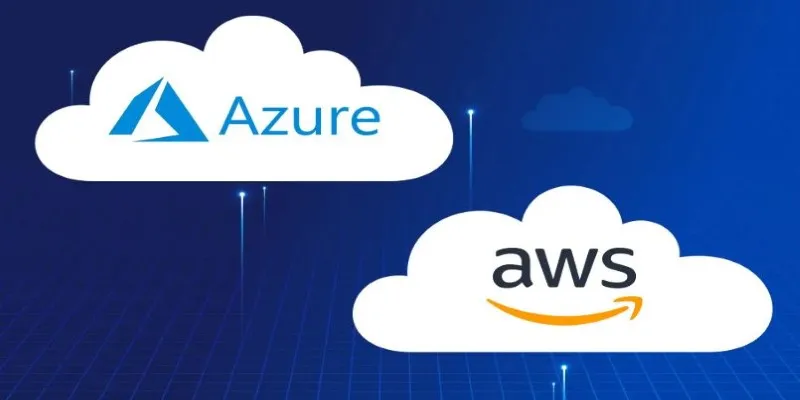
Collaboration is seamless in a SaaS environment. Teams can work on the same document in real time, hold meetings with zero setups, manage projects across continents, and handle billing without ever downloading a file. Updates roll out automatically, and new features are available instantly. The model encourages rapid iteration, so user feedback often shapes the direction of the product.
Another reason for the rise of SaaS is the reduction in barriers to entry. Thanks to cloud platforms like AWS, Azure, and Google Cloud, developers can launch SaaS products faster. There is no need to buy servers or worry about on-site deployment. With a stable internet connection and a browser, users can access full-featured applications, sometimes rivaling complex desktop software, without installing anything.
This shift has changed consumer expectations. People want intuitive, always-on services that don’t tie them to one device. SaaS delivers that. It’s platform- agnostic, updates in the background, and often integrates with other services to create entire productivity ecosystems.
Even in sectors like healthcare, education, and government, SaaS is gaining traction. These are areas that traditionally relied on legacy systems. Now, SaaS providers are tailoring their offerings to meet regulatory demands, offering localized data centers and building compliant features into their products from the ground up.
The SaaS model also unlocks usage-based pricing in many cases, which helps businesses align software costs with their real usage. That’s a huge advantage when budgets are tight or when scaling rapidly.
The Challenges and the Road Ahead
The SaaS model has changed the way we use software, but it’s not without its challenges. One of the biggest concerns is control over data. When your software and information are hosted off-site, you’re placing a lot of trust in the provider. If they experience a security breach, shut down, or change their terms, users have limited say in the matter.
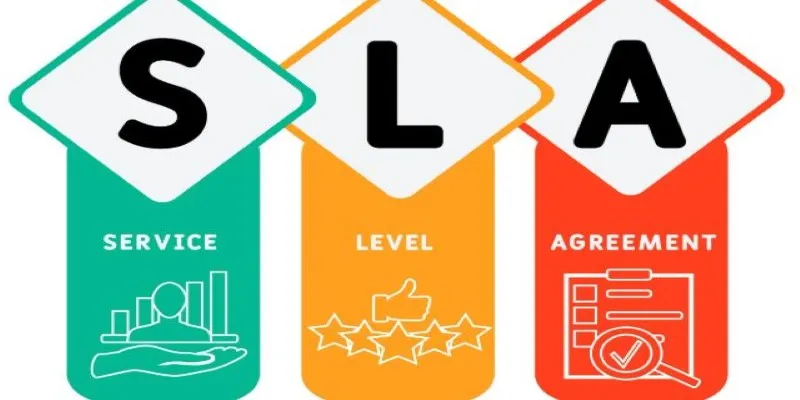
Downtime is another issue. While major platforms are usually reliable, even brief outages can disrupt entire teams. For companies relying on SaaS for core operations, consistent uptime and strong Service Level Agreements (SLAs) are critical. Without them, productivity can come to a standstill.
Vendor lock-in also presents a real hurdle. Switching providers isn’t always simple. Data may be stored in proprietary formats, and moving everything—plus retraining staff—can be expensive and time-consuming. This can trap companies in services that no longer fit their needs.
There’s also the matter of data sovereignty. SaaS platforms must navigate international privacy laws and compliance frameworks, especially in sectors like healthcare or finance. Failure to do so can result in legal trouble and damaged customer trust.
Despite these challenges, the future of the SaaS model looks dynamic. Vertical SaaS tools are becoming more common, catering to niche markets with tailored features. Hybrid solutions that blend local and cloud services are also emerging, offering flexibility and control. With AI and no-code tools shaping the next wave of development, SaaS is set to become more personalized, scalable, and user-friendly than ever before.
Conclusion
The SaaS model has reshaped how we interact with software—making it more accessible, scalable, and user-friendly. By shifting from ownership to access, it offers flexibility, seamless updates, and reduced technical burdens. While challenges like data control and vendor lock-in remain, the benefits often outweigh the risks. As SaaS continues to evolve with AI, niche platforms, and hybrid models, it’s clear that this approach to software delivery isn’t just a trend—it’s the future of digital services.
Related Articles

Discover the Best Free and Paid 3D Video Makers for Windows

The 6 Best Construction Management Software Options to Streamline Your Projects

The Best CRM Software for Real Estate Agents: Top Picks for 2025
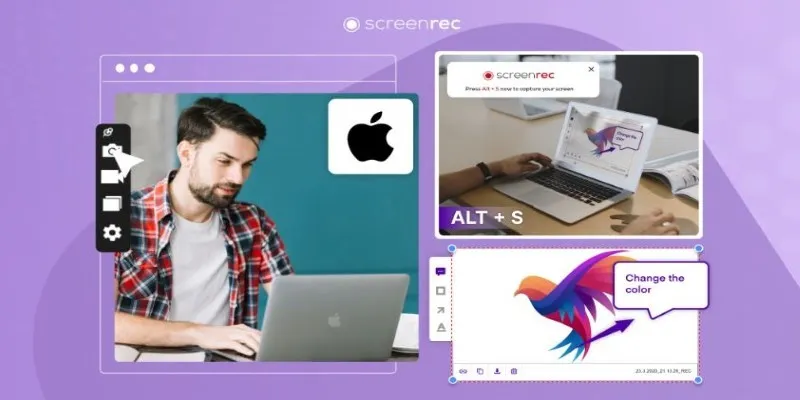
Lag-Free Screen Recording on Mac: 5 Tools You Need
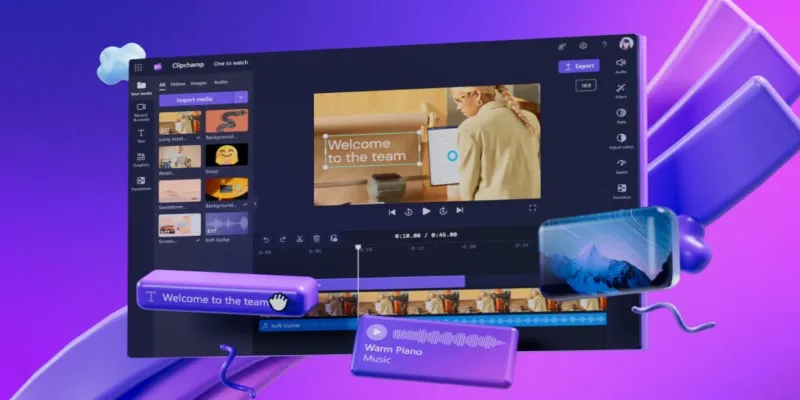
An In-Depth Review of Microsoft Clipchamp and Its Practical Applications

Find Your Ideal Photo Editing Software: 7 Lightroom Alternatives to Consider
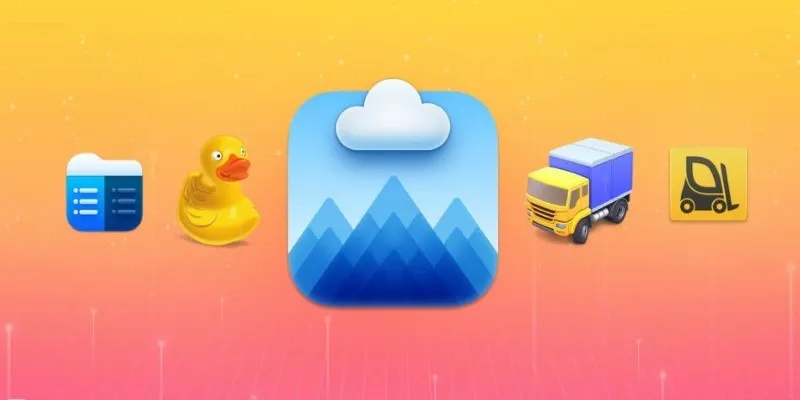
Top FTP Software for Mac Users: Free and Reliable Options

Convert Your Pictures for Free: 5 Reliable Tools
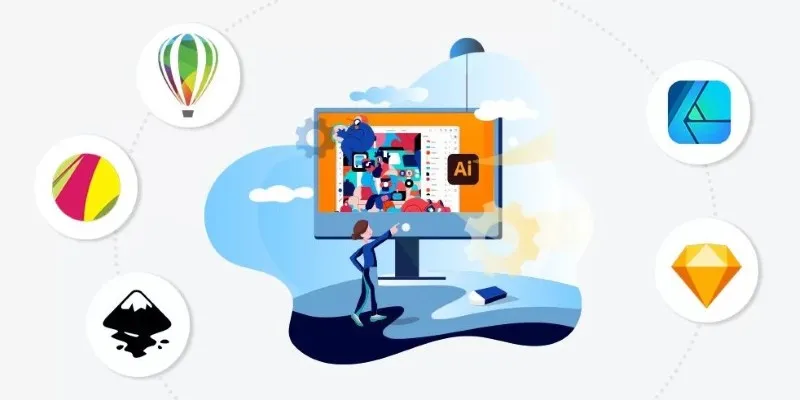
Best Free Alternatives to Adobe for Creatives and Professionals

Best Tools for 1920x1080 Image Conversion: Comprehensive Analysis

Top Tools for Effortless Batch Image Resizing in 2025

Top 7 Background Removal Tools for Clean E-Signatures
Popular Articles

Top 5 Scheduling Software for the Healthcare Industry You Need to Know

Step-by-Step Guide: How to Create Recurring Tasks in Notion with a Template
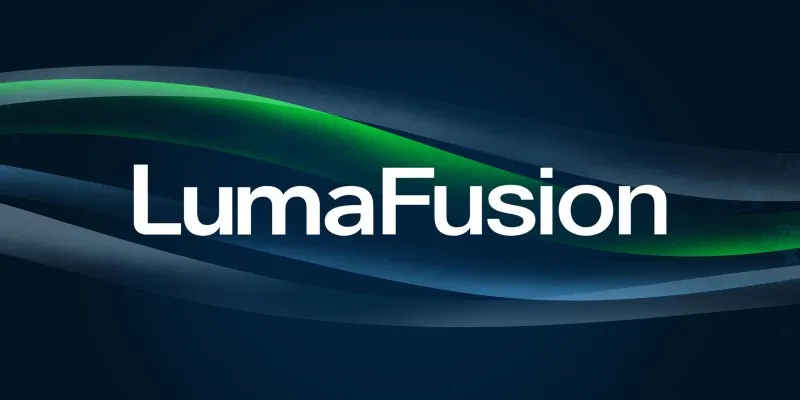
LumaFusion: Pro-Level Video Editing from the Palm of Your Hand

Discover the 4 Best Journal Apps in 2025 to Boost Your Writing Routine

Best Code Editor Apps in 2025 for Fast, Clean Coding

How to Turn Flip Video Camera Files into MP4 or AVI

Top Note Taking Apps for iOS Devices This Year

How to Change Video Frame Rate: 5 Best FPS Converters
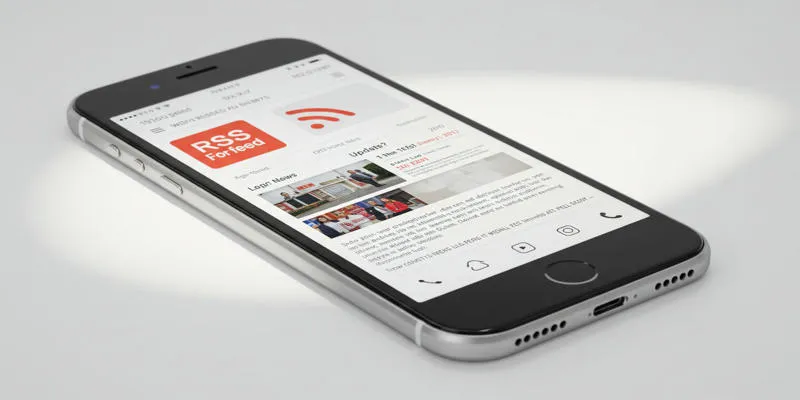
How Can I Find the RSS Feed of a Website?

Top Video Croppers to Resize Your Videos on Any Device
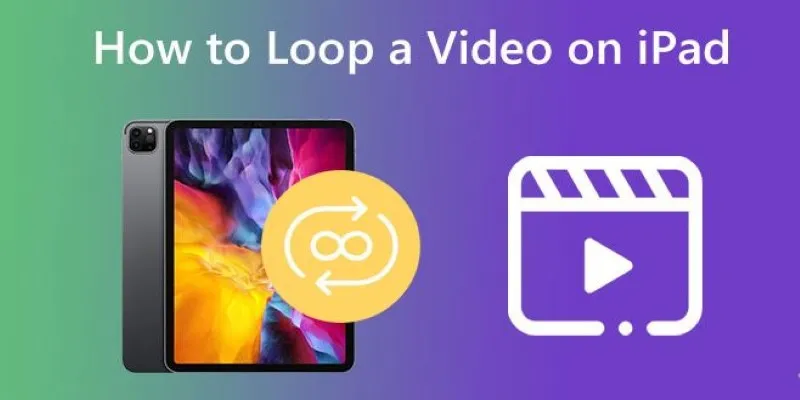
Looping Videos on iPad Without Wi-Fi or Workarounds

 mww2
mww2